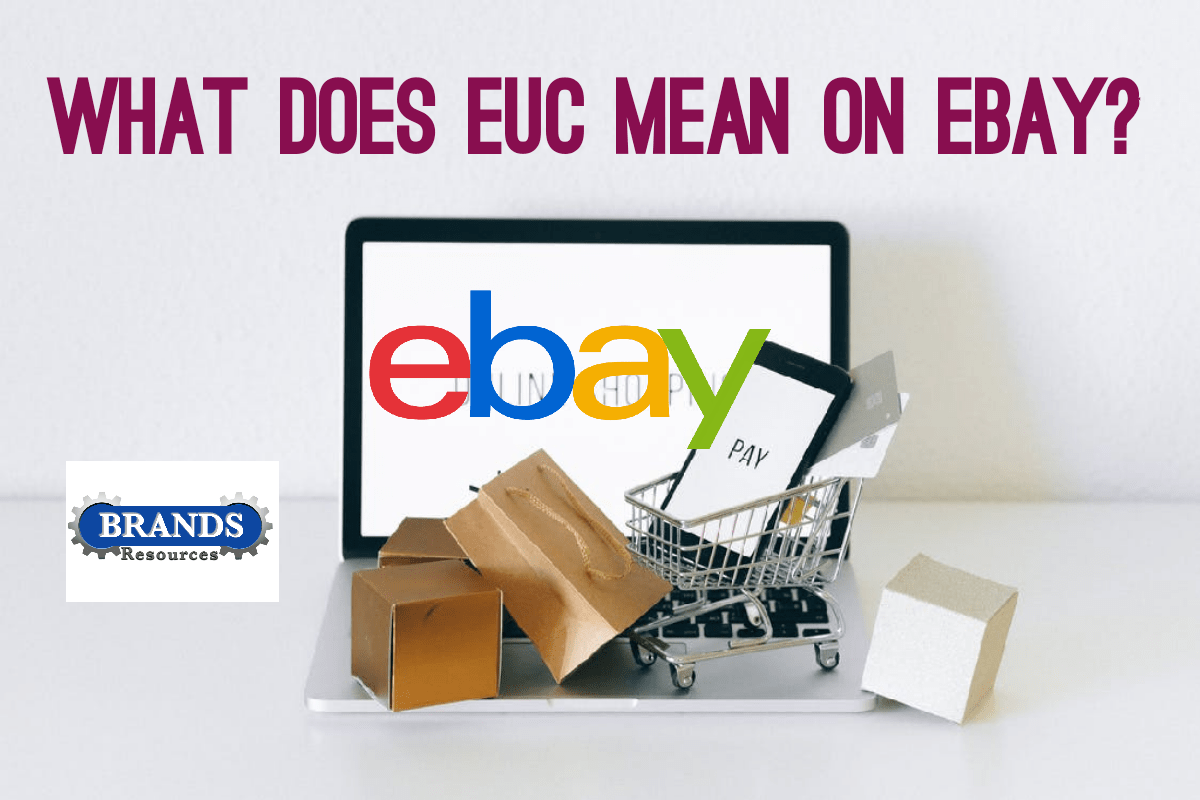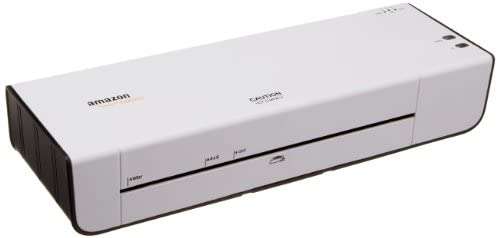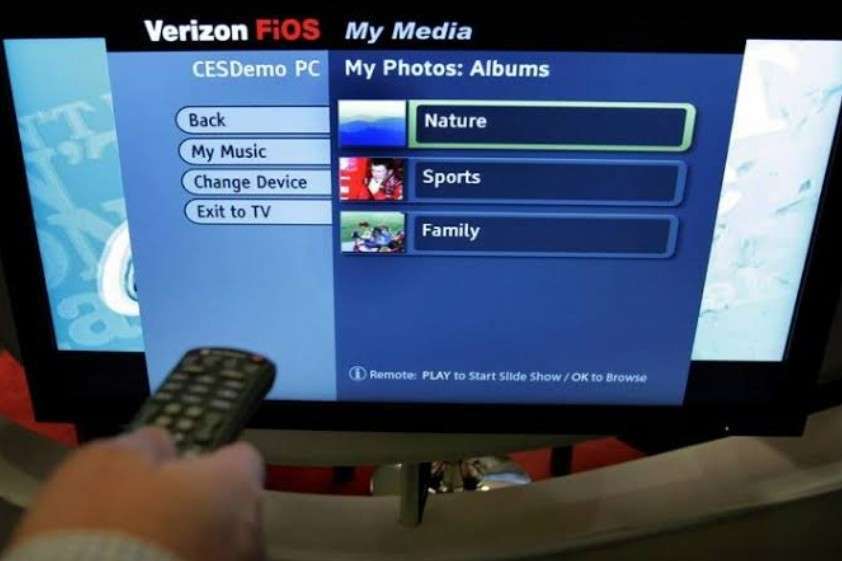What Is A Good RoAS On Amazon? – This question is often asked by Amazon sellers who run sponsored ads for their Amazon listings.
The merits of running sponsored ads for your listings on Amazon can’t be overemphasised. Your products get wider visibility and this translates to more customers.
As an Amazon seller, your ability to measure your ads campaign performances will determine the level of success you’ll record from advertising on Amazon.
RoAS is a benchmark measure used by Amazon resellers to evaluate the different ads methods they have deployed, this helps them to know which of the ads methods are working.
Research has shown that running sponsored ads is the easiest way to get more buyers to see your listings. However, you’ll need to know if your ads is really converting and profitable or if you are just throwing money away, this is where RoAS comes in, continue reading this article to know everything about What Is A Good RoAS On Amazon.
We have written lots of useful articles for both Amazon customers and employees, see them here.
- RoAS Amazon Meaning
- How To Calculate RoAS on Amazon
- Why You Should Know How To Calculate RoAS
- What Is A Good RoAS On Amazon?
- How To Increase RoAS on Amazon
- Can My Ads Be Profitable With A High RoAS On Amazon?
- Can My Ads Be Profitable With A Low RoAS On Amazon?
- How To Know The Right RoAS For My Products On Amazon?
- What is ACoS in Amazon?
- Amazon ACoS Calculator
- What Is A Good ACoS On Amazon?
- Amazon ACoS Too High
- How To Reduce ACoS on Amazon
RoAS Amazon Meaning
RoAS stands for Return of advertising spend, this is a metric which measures the amount of revenue generated from sales for every dollar spend on sponsored ads. RoAS helps the advertiser to know if they are making profit from the ads or not.
With RoAS metrics, the seller will be able to determine if the ads is working. Essentially, knowing the RoAS on a listing will help the buyer to know if changes should be made to a particular campaign or not.
RoAS has been helping sellers to determine their ads’ profitability, a seller will be able to know if they are making profit after using the RoAS metrics to analyse ads performances.
The RoAS metrics isn’t only applicable to ad campaigns on Amazon, it is being used in other platforms like Google, etc.
How To Calculate RoAS on Amazon
To calculate your RoAS on a particular sponsored ad, simply divide the total sales made from the ads by the total dollars you’ve spent on the ads.
So let’s say the total amount you’ve spent on your ads us $200 and you’ve made a total sales of $1200 from these ads, you’ll get 6 as your total RoAS.
One vital fact about RoAS is that it doesn’t include your product costs as well as Amazon fees, this means you should also consider the product cost and Amazon fees to help you determine if your ads is really worth continuing or not.
You can see from the explanation above that you’ve got to aim for a higher RoAS, having an understanding of this is vital while setting up your ads.
Amazon give sellers the power to make unlimited changes to their ads as well as create unlimited number of ads. Continue reading this article to know what is a good RoAS On Amazon.

Why You Should Know How To Calculate RoAS
Having a knowledge of how to calculate your RoAS comes with lots of benefits. You can’t measure the success of your ad campaigns on Amazon without knowing how to calculate RoAS.
A seller that has a full knowledge of the RoAS metrics will know when which campaign is profitable and which one should be stopped.
Every seller running sponsored ads on Amazon wants to give their listings more discoverability, which translates to more buyers. To achieve the end result of creating a sponsored ads campaign, you need to understand how to analyse your ads performance by calculating RoAS. See this: 866-749-7538 Amazon – Don’t Trust This Number
What Is A Good RoAS On Amazon?
Typically, a RoAS from 4 upwards is termed as a good one, but this is not always what defines a good RoAS, your profit margin does. Additionally, your business strategy will determine if the RoAS you are getting is good or not. If you are trying to sell a product that doesn’t need high visibility or selling a product that is low-converting, going for a high RoAS target is quite perfect.
However, if you want to get high visibility for your listings, you have to target low RoAS. This is specifically recommended if you are trying to dominate a niche, increase your brand awareness, or move low-selling stock.
High RoAs is perfect for short term profit, while low RoAS is for a business trying to dominate a niche and have high visibility, which will translate to good profit in the long run.
So, you can see that what makes a particular RoAS to be termed as ‘good’ is your business goals and strategy.
How To Increase RoAS on Amazon
As a seller on Amazon, increasing your RoAS is critical in achieving your advertising goals. That being said, you’ll do yourself a lot of good if you understand which strategy will be perfect for your business.
Below are how to increase RoAS on Amazon.
1. Work On Your Product’s Price
The price of a product has a direct impact on the performance of your sponsored ads. A little digging reveals that customers are more likely to make impulse buy for low-priced products.
While a product that is higher-priced may take more ad clicks before converting a sale, a lower-priced product converts easily. This is quite natural and one of the things you should consider while gathering products you want to list on Amazon.
If it is possible, make the prices of your products a little lesser than your competitors’ price, customers are more likely going to buy from you.
2. Narrow Your Search Term To Also Avoid Wasting Your Ad Budget
This is the first thing you should do if you are bent on increasing your RoAS. You must avoid wasting your ad budget with broad search terms. Okay, let’s explain this, making use of broad search terms like clothes, shoes, and bags can result in low RoAS. This is because those search terms are broad and will always bring buyers who aren’t too sure of what they want.
If a lady who wants to buy a pair of sneaker on Amazon uses the search term ‘sneakers’, she is surely going to get results consisting both men, women, and kids sneakers.
If you created a sponsored ads for men sneakers and you were playing with broad search terms like sneakers, your ads will be shown to her, remember she wants to buy women’s sneaker, she’ll see your ads, she won’t buy and you’ll pay.
Now, if you had focused on less competitive search terms like ‘men sneakers, and sneakers for men’, Amazon won’t show your ads to anybody that just searches for sneakers. Try to be as specific as possible in your keywords to help you rank on less competitive search terms, this will ensure your ads is shown to customers who specifically want to buy what you are selling. Don’t miss this: A Thrifty Mom DIY Recipes Crafts Online Deals Amazon Deals – Best Details
3. Optimize Your Page Content and Titles
Let your page content and title focus on the relevant keyword (s) and details. Once you’ve properly optimized contents and page titles, you’ll be able to get conversations. It isn’t enough to drive leads, your titles and contents should be relevant and informative enough to make them pop out the credit cards.
The best way to optimize your titles and contents is by ensuring that your keyword is part of the title and contents, ensure they are accurately used to convey meaning. Don’t overuse them else your contents may look meaningless, be as real as possible while inserting the keywords.
4. Try Increasing Your Average Order Value (AOV)
Bundling relevant products together is one great way to increase your AOV, which in turn will significantly increase your RoAS.
By bundle, it means bringing low cost or single products together as multi-packs. You can match different relating products of same category together as a bundle.
Research has shown that customers are more likely to purchase bundled items as they appear more valuable to buyers. However, you must that it is done sparingly to take full advantage of its benefits.
Ensure you don’t violate Amazon’s bundling policies and only bundle products that match well. Just don’t flip your head in the sand by matching products inappropriately.

5. Make Use of Exact Match Bids
One of the ways to reduce wasted ad spend is by using the exact match bidding option during Amazon search term optimization. This is one of the bidding options available for sellers on Amazon ads.
With exact match bid, you’ll ensure you are driving only converting traffic. The exact match bid helps you to only bid for specific phrases or words you want. All you have to do is to find out the search terms that will that will offer you the highest conversion rate. Once you’ve found the search terms, you can channel your money on them.
It has been proven that exact match bidding is cheaper than phrase or broad match biddings. You’ll increase conversions and decrease spending if you make use of exact match bids.
6. Identify And Target The Right Audience
This is another key method to help reduce your RoAS, if you are able to identify the right audience and target them, you’ve essentially solved half of your ad campaign problems. Targeting only people who are most likely going to buy your product ensures you convert more yet spend less.
The conventional ads targeting approach of narrowing audience by device, job title, or geolocation is quite helpful. However, you’ll see more positives if you spend a little more time to create several audience personas and also target specific audience segment with new created ads.
Can My Ads Be Profitable With A High RoAS On Amazon?
Having a high RoAS works perfect if you are having a small profit margin. For your ads to be profitable, you are going to need a higher RoAS for a small profit margin. This is just like saying you’ll need to make more sales if you have a small profit margin. A high RoAS means more visibility, this translates to more sales.

Can My Ads Be Profitable With A Low RoAS On Amazon?
Yes, you can achieve profit with a low RoAS if your profit margin is high. In this case, you don’t need to make so much sales to achieve profit, as long as your profit margin is high, your ads can be profitable with a low RoAS.
You can see from the explanations above that the type of RoAS that will favor your ads is solely dependent on your profit margin.
How To Know The Right RoAS For My Products On Amazon?
To know the right RoAS that is suitable for your items, simply figure out your minimum RoAS. Knowing this number will help you know when a campaign’s performance is profitable or not.
For you to figure out your minimum RoAS, you need to find the profit you make from a single sale after taking out the cost of goods sold, this is the break-even point. The cost of goods sold includes unit price, Amazon fees, cost of supply, and shipping fees.
You gross profit before paying for advertisement is your break-even number, let’s say you bought a product for $20, paid Amazon fees $10, this takes the product value to $30, you now decide to sell the product at $40, your profit will be $10. If you now pay $4 as advertising cost, your profit is $6. But if you spend $10 as advertising cost, that means you ‘broke even’, because you made no profit and didn’t also lose money.
Now, after finding your break-even point, you can figure out your minimum RoAS. To do this, simple divide the sale price by your break-even point.
For example; $40/10 = 4, this is your minimum RoAS.
From the above, it is established that you need to make a minimum of 4 for every ads spent if your ads must be profitable. If your RoAS is above 4, it means your ads are profitable, anything lower than 4 means your ads aren’t profitable.
This is not generally applicable to all businesses on Amazon, there are some businesses that will want nothing less than 6 RoAS even when their minimum RoAS is 4. This may be caused by business overloads like staff salaries, warehouse or office rent, and utilities.
Simple put, to maximize the selling potential of a product, you need to find the suitable RoAS for it.
What is ACoS in Amazon?
ACoS is an acronym for advertising cost of sales. In simple terms, this is how much a seller spends on sponsored ads per dollar of revenue the seller makes.
To summarize this, ACoS helps a business owner or company to know how much they’ve spent on a particular ads compared to what they’ve earned from it.
Several Amazon sellers use this metrics to judge the profitability of their ad campaigns. Any seller that wants to properly strategize their ad campaigns on Amazon must understand the ACoS metrics.
ACos is extremely important as far as Amazon PPC advertising is concerned. Wondering how to calculate ACoS on Amazon? Continue reading this article.
Amazon ACoS Calculator
Being able to calculate your ACoS is essential to the success of your sales on Amazon. The formula for calculating your ACoS is: total ad spend/total sales.
For example, an ACos of 40% means that $0.40 was spent for every dollar made from sponsored ads sales. That simply tells that the business owner spent $40 for every $100 made, this doesn’t include Amazon fees, and product cost.
What Is A Good ACoS On Amazon?
It is typical for a seller on Amazon to aim for a 15% – 20% ACos or something even lower. However, a good ACoS should be something around 30%.
Having a lower ACoS is good for your business because it means you are paying less for ads. Additionally, you should know that how good an ACoS is will be generally determined by your business goals and strategies – different strokes for different folks.
Amazon ACoS Too High
A high ACoS isn’t good for your business irrespective of your strategy and goals, you can’t be paying so much for a single dollar earned. In the real sense, your ACoS shouldn’t be higher than your profit margin.
There is what we call Target ACoS (TACOS), your ACoS shouldn’t be close to your TACOS.
There are several factors that may be responsible for the high ACoS in your ad, these include broad or generic keyword use, setting a wrong bid amount, wrong audience targeting, etc.
How To Reduce ACoS on Amazon
Generally, you need to decrease your bid amount by 50%. Secondly, remove negative keywords by setting Amazon PPC Negative Keywords, these are keywords that are not converting sales but are driving clicks. Once you’ve identified these keywords, select the ones that are not relevant and add them to the Negative Keywords list, this will ensure you aren’t spending on clicks from users who aren’t looking for your product.
Lastly, shut off keywords that have high ACoS and increase bid on keywords with low ACoS.





Leave a Review